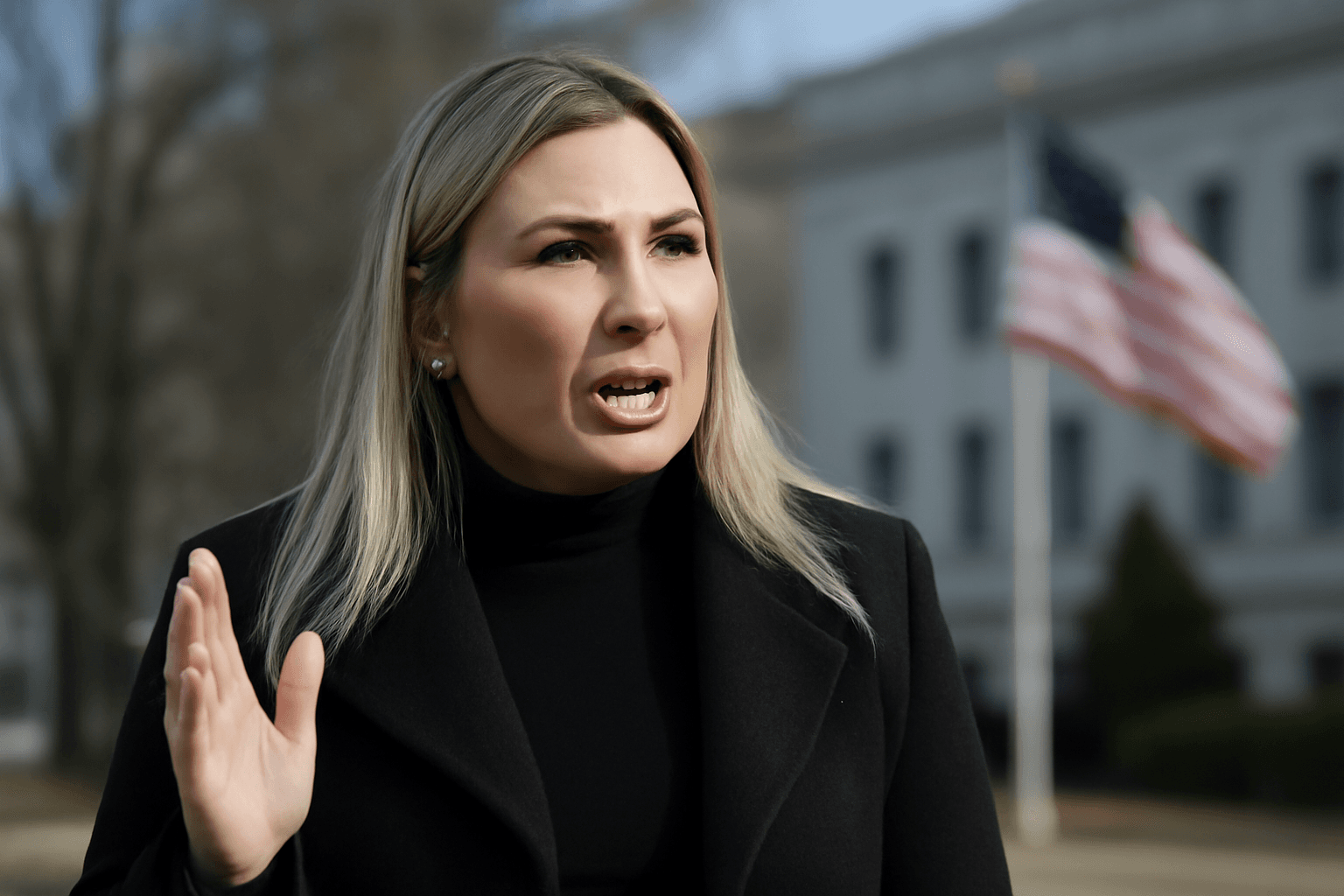Student Loan Borrowers Face a Looming Default Cliff
As efforts to recover past-due federal student loans intensify, millions of borrowers are confronting a sharp rise in defaults. Recent data reveals that nearly one-third of student loan borrowers currently behind on payments may default this summer, triggering serious financial consequences.
Alarming Surge in Late-Stage Delinquencies
By April 2025, 31% of borrowers with due payments were classified as being over 90 days past due, the highest rate recorded. Among the 5.8 million overdue borrowers nationwide, approximately 1.8 million are projected to default by July, with another 1 million expected to default in August, followed by 2 million more in September.
Default status occurs once a borrower is 270 days past due, which allows the U.S. Department of Education to initiate collection actions.
The Implications of the Default Wave
Financial Stability at Stake
This impending surge in defaults threatens the financial standing of borrowers and risks significant taxpayer losses. Experts warn that as repayment challenges mount—stemming from loan confusion, servicing issues, and uncertainty about income-driven repayment plans—defaults are unlikely to plateau anytime soon.
Wage Garnishment and Credit Score Damage
With the student loan repayment pause lifted, wage garnishment penalties could start as early as June for defaulters. However, borrowers will receive prior notification before any paycheck deductions occur. Additionally, credit scores are already taking a hit, with borrowers behind on payments seeing average drops of 60 points.
Those with initially excellent credit (scores above 780) have experienced score declines up to 175 points, which drastically reduces their borrowing power.
What This Means for Borrowers’ Credit Health
- Credit scores for overdue borrowers have fallen significantly, creating barriers to new loans and increasing interest rates.
- The damage to credit reports remains for up to seven years, even if delinquencies are eventually resolved.
- High-credit-score borrowers suffer greater relative damage when marked delinquent due to their previously clean records.
End of Forbearance and Its Effects
During the pandemic-related forbearance, delinquent loans were marked current, slightly boosting median credit scores by 11 points from 2019 to 2020. However, since the forbearance officially ended, more than 9 million borrowers have experienced sharp credit declines in early 2025 alone.
Looking Ahead
With collection enforcement underway, borrowers must stay vigilant to avoid further financial harm. The cascading impact of rising defaults highlights the urgent need for improved communication about repayment options and loan management strategies to mitigate this worsening crisis.












